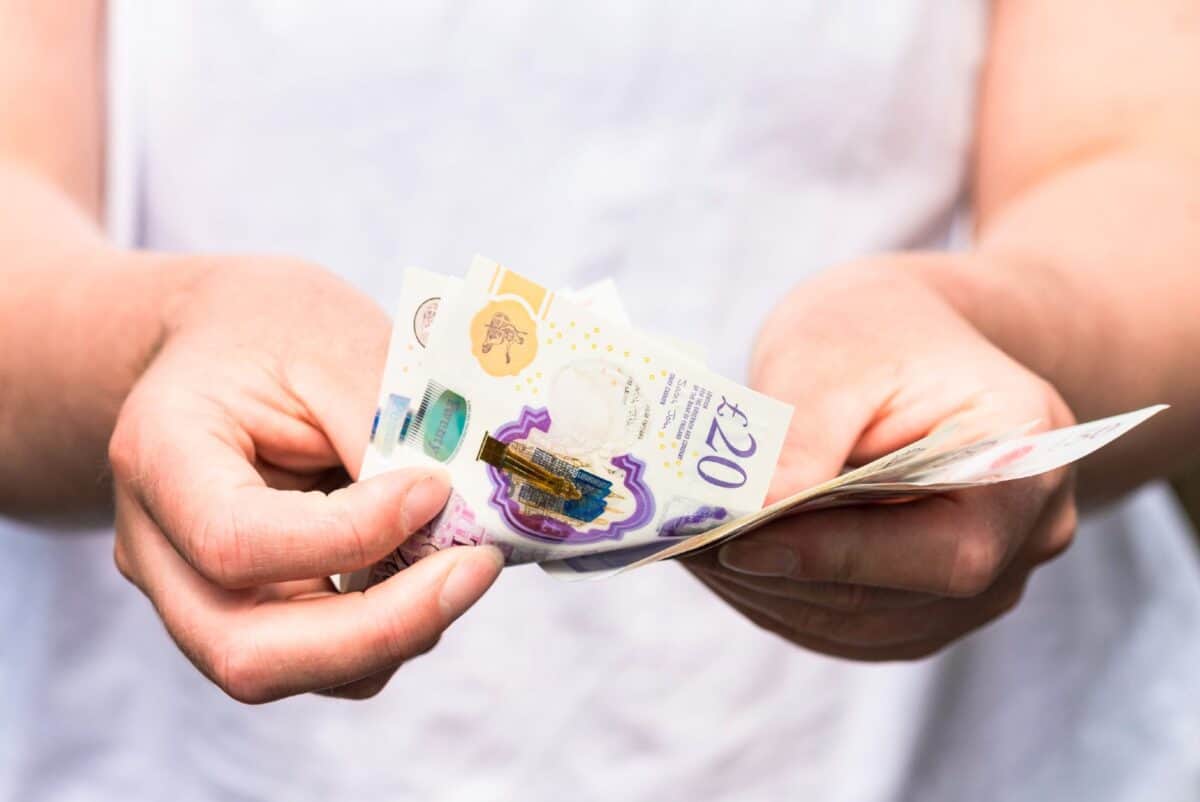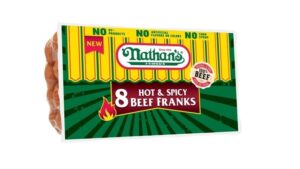
Image source: Getty Images
Putting some spare money to work in the stock market can be a simple way to set up passive income streams. That can be quite lucrative.
As an example, if an investor had a spare £20,000 to invest (whether or not through a Stocks and Shares ISA) they could spread it evenly across the five shares below that currently yield an average 7.9%.
That ought to earn around £1,584 in passive income each year, if the dividends are maintained at their current level. That is never guaranteed: dividends can fall, but can also grow.
High-yield financial services shares
To start with are a couple of FTSE 100 shares in the financial services business, both offering a high yield.
Asset manager M&G yields 8.2% at the moment. It has a large base of both retail and institutional clients, a strong brand, and a proven business model. A recently announced tie-up with a large Japanese firm could help boost revenues. One risk I see is a turbulent stock market leading policyholders to withdraw funds, hurting profits.
Whereas M&G is a well-known name for many British people, the same may not be true of Phoenix Group (LSE: PHNX). But the company is a discreet giant, with around 12m customers and a variety of well-known brands.
It aims to grow its dividend per share annually and currently yields 8.3%. I like its proven cash generation potential and critical mass, though if the housing market falls badly I see a risk that its mortgage book value could fall sharply.
Manufacturers with high yields
Another share to consider is 6.8%-yielding cigarette maker British American Tobacco (LSE: BATS).
The owner of premium brands including Lucky Strike has a highly profitable business that has helped it raise its dividend per share annually for decades. Whether that can continue depends in part on whether declining cigarette sales lead to lower earnings for British American.
I own shares in polymer manufacturer VIctrex (LSE: VCT), which currently offers investors a 7.6% yield. I see it as a share passive income hunters ought to consider.
That yield partly reflects a weaker share price than before, as Victrex has fallen 62% in five years. Profitability has been inconsistent and I see a risk that weaker demand in key markets could keep eating into earnings.
Clearly, the City has its doubts about Victrex compared to a few years back. But first-half sales volumes grew 16% year on year, pre-tax profit soared to £17m and the company maintained its interim dividend.
Its focus on high-performance applications like automotive and aerospace components gives Victrex pricing power and I see its proprietary polymer technology as a powerful competitive advantage.
An investment trust with income prospects
The fifth share to consider is also one I own: Income and Growth Venture Capital Trust. The investment trust has an 8.7% yield.
It has typically aimed to pay at least a 6p per share annual dividend, which would mean an 8.7% yield in future too at the current share price. It funds that by investing in small or medium companies it hopes can grow.
Weak consumer demand has hurt the valuation of some of its investments. I see a risk that will continue. However, I think owning a stake in Income & Growth could hopefully still generate a long-term passive income stream for me.









